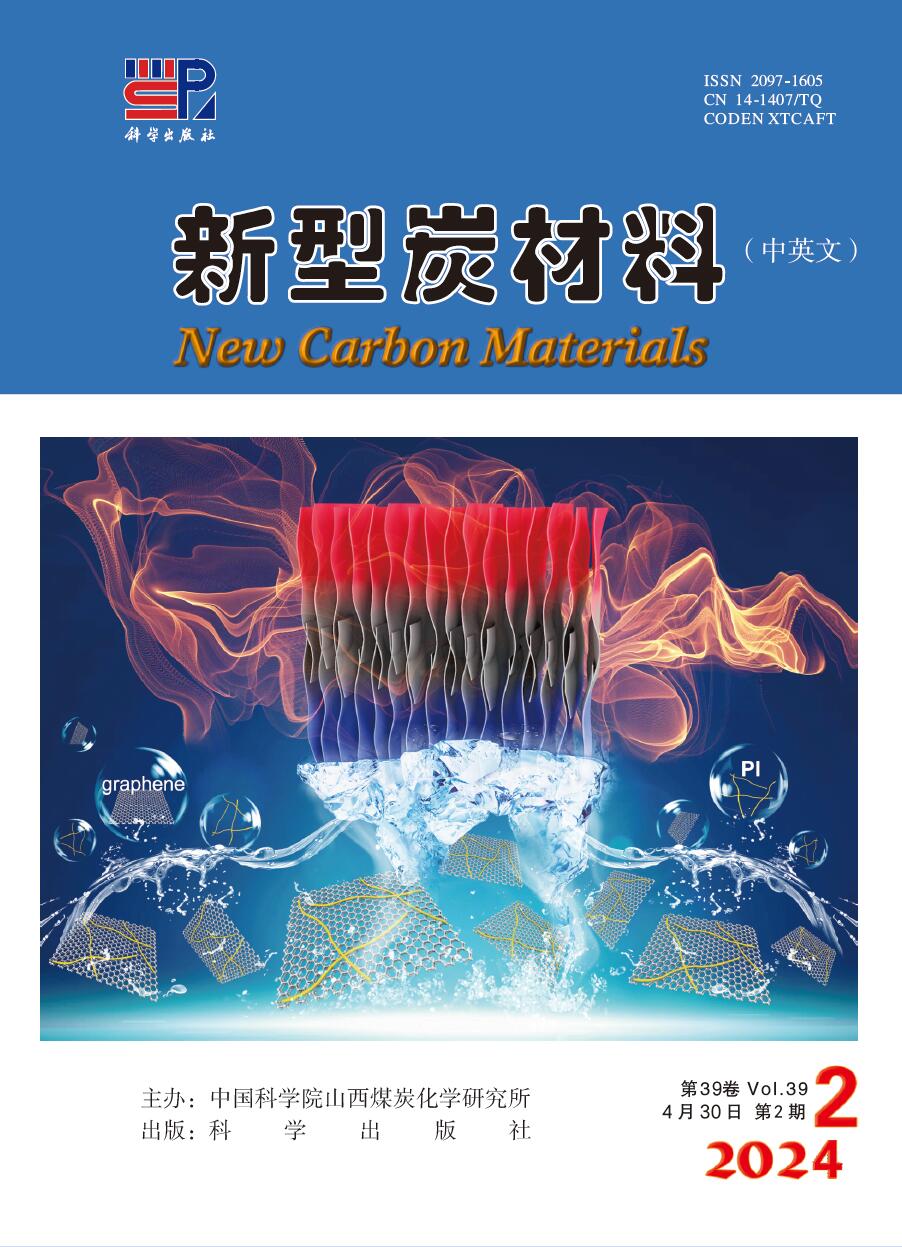2014 Vol. 29, No. 3
2014, 29(3): 161-168.
Abstract:
2014, 29(3): 169-176.
doi: 10. 1016/ S1872-5805(14)60132
Abstract:
2014, 29(3): 177-185.
doi: 10.1016/ S1872-5805(14)60133-5
Abstract:
2014, 29(3): 186-192.
Abstract:
2014, 29(3): 193-202.
doi: 10.1016/ S1872-5805(14)60134-7
Abstract:
2014, 29(3): 203-208.
Abstract:
2014, 29(3): 209-215.
Abstract:
2014, 29(3): 216-224.
doi: 10.1016/ S1872-5805(14)60136-0
Abstract:
2014, 29(3): 225-230.
Abstract:
2014, 29(3): 231-235.
Abstract:
2014, 29(3): 236-240.
Abstract:


 Abstract
Abstract PDF
PDF

 Classified Collection
Classified Collection

 Email alert
Email alert RSS
RSS Download
Download Links
Links

